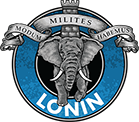From The Quartermaster’s Repair Bench
Maintaining and storing gear is serious business. On this page we’ll go over best practices for keeping the club swords, your personal swords, and protective gear clean and functional.
All tools and cleaning supplies for club swords can be found in the large tool chest shown here:
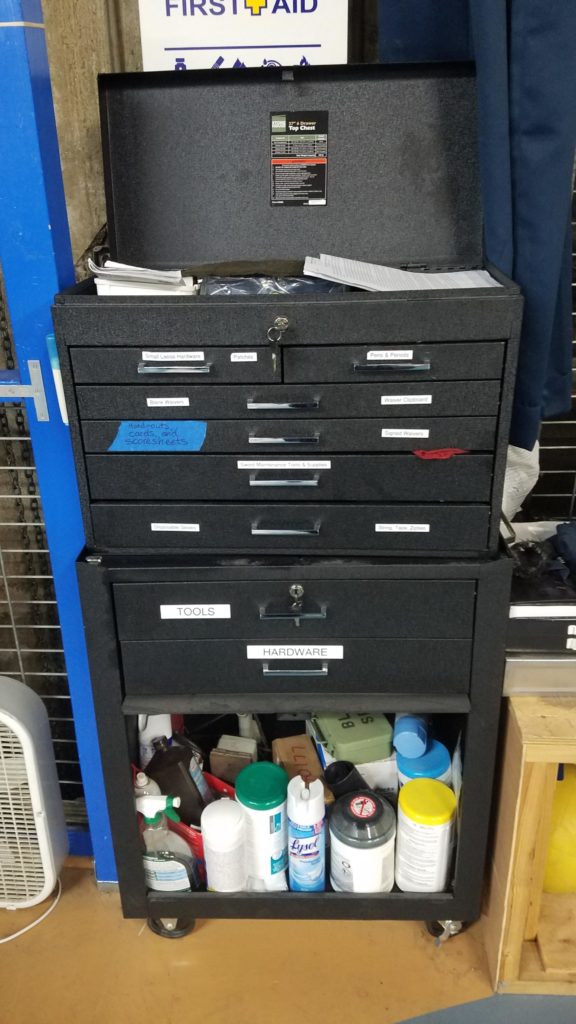
Routine Sword Maintenance
All Lonin club owned swords should go through this maintenance periodically. Ideally this would occur once a month, but more frequently occurs once or twice per year. Each sword should go through the following processes, in this order.
1 – File Burrs and Cracks
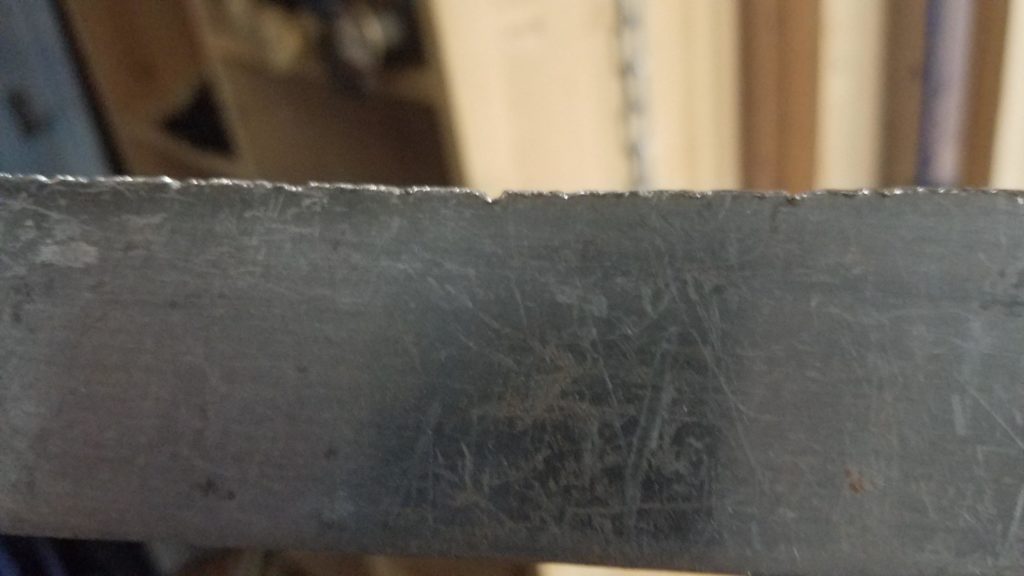
First, all burrs or cracks in the blade must be filed smooth. This can be done with a file, which we have multiple of. If you are looking for a file, or if you have never filed a blade before, ask the Quartermaster or an instructor for assistance. The easiest way to find burrs on a blade is to run your bare hand down the edge of the blade. If you feel anything sharp or angular, you should file it smooth.
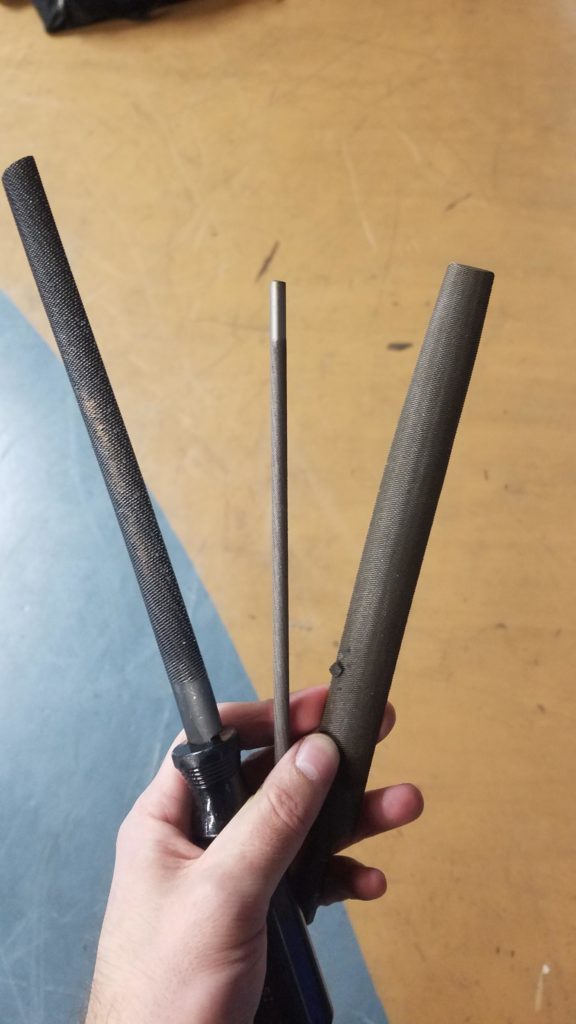
These spots on the blade, usually formed when lots of force meets the blade and creates an angular indentation, are critical weak points and must be fixed immediately. A single burr or crack in a blade has the potential to break the entire blade at it’s location. You can read more about the physics behind this by reading up on Stress Concentration. Effectively, when the blade surface is uniform and smooth, strikes to it are dissipated along the blade. When there is a burr, chink, or crack, it creates an angular surface that all of the energy will be directed into. This can lead to the blade breaking.
2 – Remove Rust
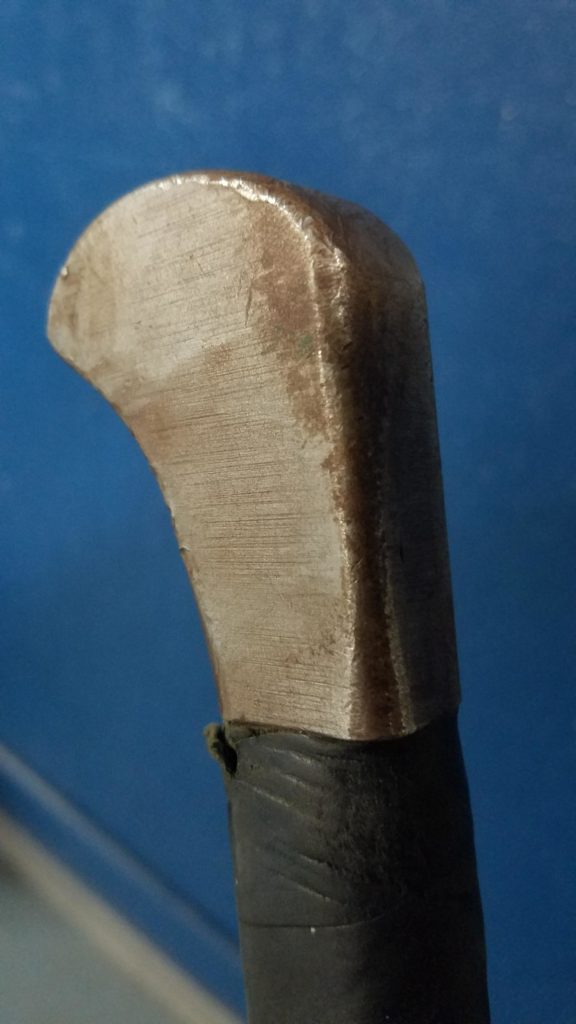
Once all of the burrs and cracks in the blade have been removed, the next step is to remove all active rust. This can be done with a rust eraser block and/or a Brillo pad. Using CLP (Clean Lube Protect) oil will help the Brillo pad work more effectively. Rust should be removed from the blade, crossguard, and pommel.
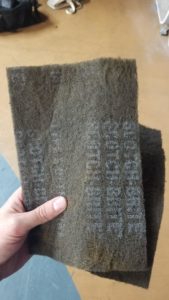
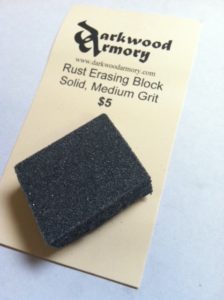
Active rust is orange, if left unattended it will spread. If rust gets bad enough, it can compromise the structural integrity of the blade. Inactive rust is black. As you clean away active rust, you may find inactive rust beneath it. Removing black, inactive rust is nearly impossible, and inactive rust will not spread. Focus on removing the active, orange rust.
3 – Oil and/or Wax
Once the blade has been cleared of burrs and cracks and the rust has been removed from the blade and fittings, we use oil or wax to help keep the sword in it’s clean condition. You can use either oil or wax, whichever we have in our cleaning supplies.

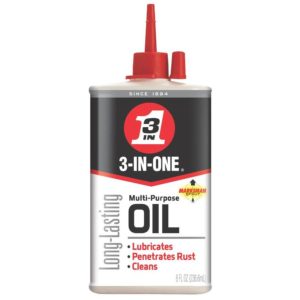
For oil, we typically use CLP or 3-in-1 oil. This is the same oil used in the previous step while cleaning. Using a rag, apply a thin layer of oil to the blade, crossguard, and pommel. The oil should not be thickly applied, excess can be wiped off with a rag.
Wax is another great way to preserve the metal on a sword. With wax, less is more. Apply a small amount of wax to the crossguard, pommel, and blade, then buff with a cloth. The wax should start out white, but then buff to a clear finish.
Non-Routine Sword Maintenance
Grip Repair
If the grip of a sword has gotten so bad that it can not be held without difficulty or discomfort, the sword should be retired to the Repair Rack at the back of the armory, the slot of the armory back wall to the far right. Alert the Quartermaster and the grip will be slated for repair.
Tip Repair
In the event of a sword tip breaking, the following measures must be taken before the sword can be used again.
- The tip of the sword must be filed until it is completely smooth, with absolutely no sharp edges.
- The tip must be covered in a layer of sports tape.
- A rubber stopper with metal washer must be secured over the taped tip. The rubber stoppers that we keep in supply all have metal washers inside them.
- Another layer of sports tape must be used to further secure the rubber stopper to the blade.
If you do not have time to fix the tip of a sword, place it in the Repair Rack and alert the Quartermaster.
When to Retire a Sword
There are times when a sword should be removed from service immediately.
- If the grip or tip is broken as detailed above, and there is no time to fix them, the sword should be moved to the Repair Rack for the remainder of class and the Quartermaster should be alerted.
- If the blade of a sword breaks anywhere between the crossguard and the tip, it should be moved to the Repair Rack immediately.
- If a sword blade takes a significant bend or set, it should be moved to the Repair Rack immediately. Some swords blades will take a slight set and remain functional. If you are not sure then it’s best to move it to the Repair Rack so that Quartermaster can evaluate it.
Gear Storage
The Armory
The armory is where all Lonin’s training weapons are stored. The armory should be kept locked anytime a class is not going on. The basic layout of the armory is shown below. There are 3 racks on the back wall of the armory, the right most of these is the Repair Rack, used for swords that are in need of repair or retirement.
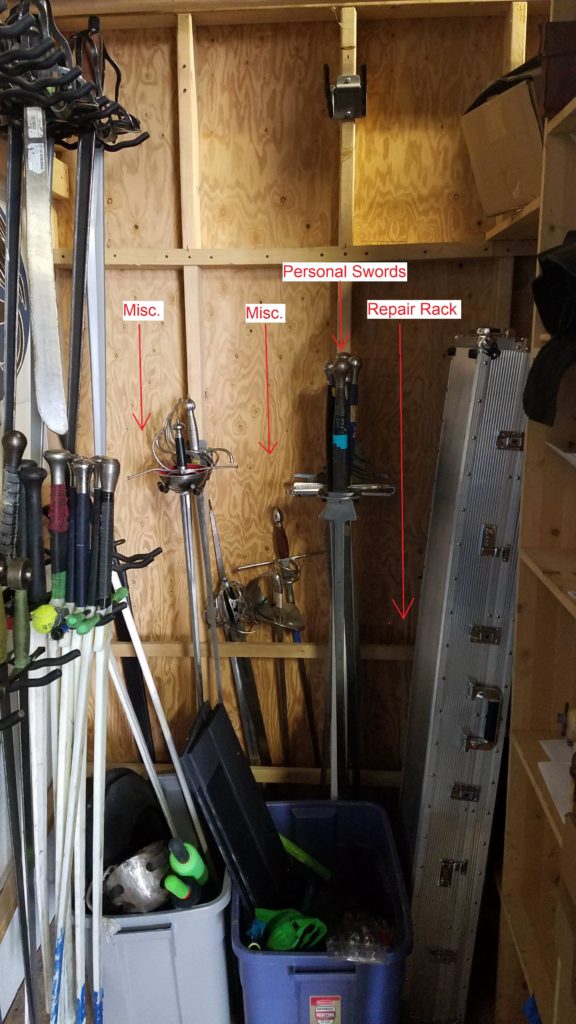
At the end of each class, the armory should be restored to this basic condition and organization:
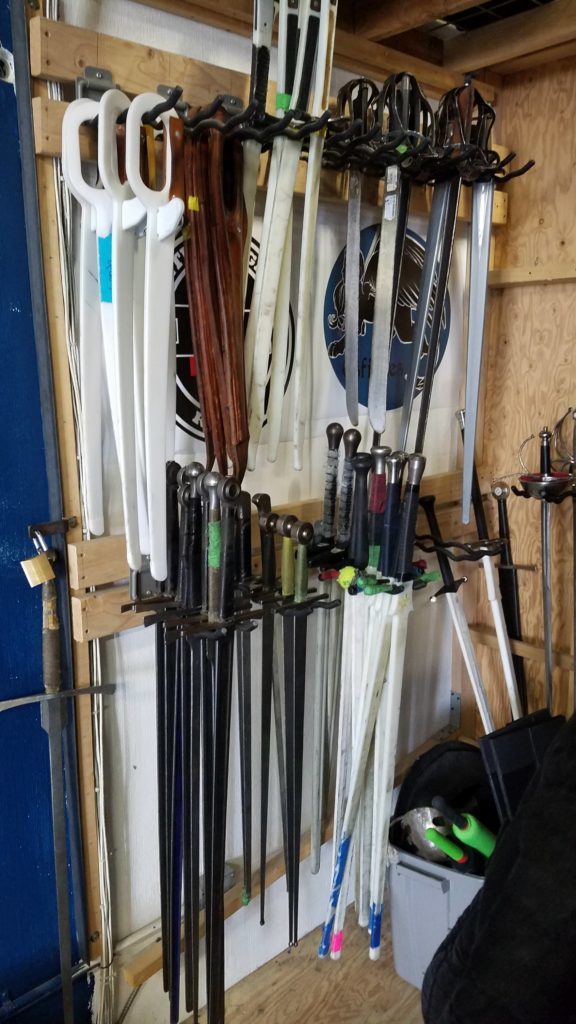
Loaner Masks and Gorgets
Loaner masks and gorgets go on the helmet spikes above the shelves in the loft.
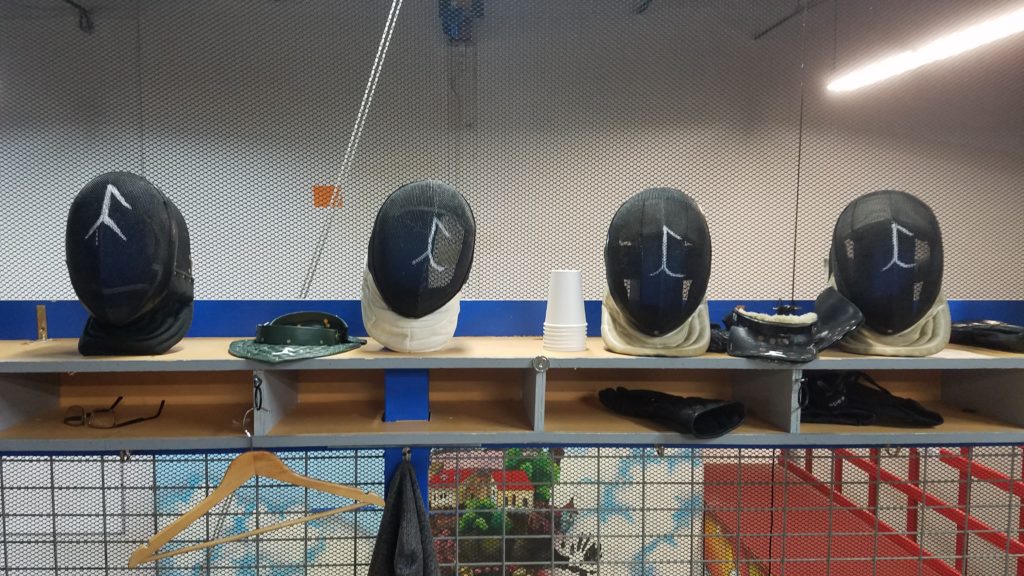
Lonin Quartermaster
Aidan Blake

Quartermaster Gear Documents
Additional Resources
